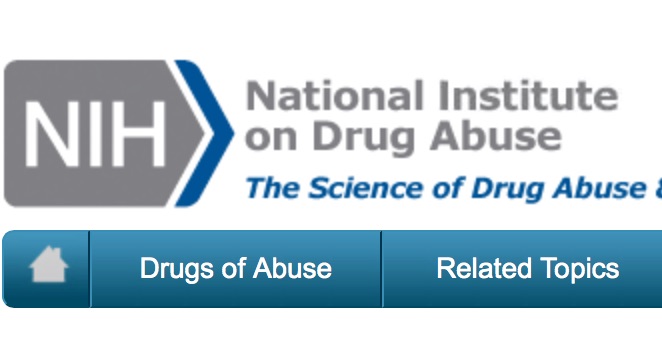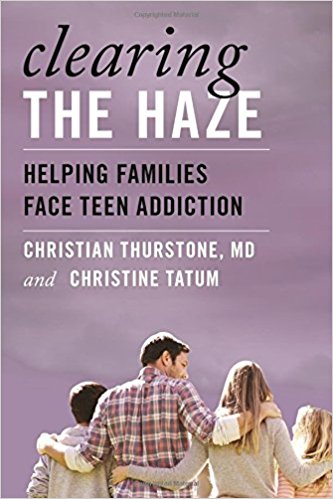Marijuana-legalization advocates frequently claim the National Institute on Drug Abuse has a monopoly on marijuana research and is biased in the projects it decides to fund. To support the claim, this quote, which first appeared in the New York Times in 2010, is often repeated as it was here three years later on DailyKos.com.
“‘As the National Institute on Drug Abuse, our focus is primarily on the negative consequences of marijuana use,” a spokesperson told the New York Times in 2010. ‘We generally do not fund research focused on the potential beneficial medical effects of marijuana.'”
We contacted NIDA this week to ask about that quote, and this is the response the agency sent us Mon., March 24. The response explains how NIDA’s research falls within the much larger umbrella of the National Institutes of Health, and it outlines how NIDA distributes marijuana used during research. We found the explanation to be clear and helpful. We hope it helps you, too.
“The information provided to the New York Times in 2010 was technically accurate, but taken out of context and did not provide complete information. Other details from the April, 2013 dailykos.com story are factually incorrect.
“It’s important to note that NIDA is only one of the 27 Institutes and Centers at NIH that could support studies on the potential therapeutic potential of marijuana or cannabinoids. So any NIH institute could theoretically fund the study, as long as it relates to its mission. For example, studies on epilepsy would be supported by the National Institute on Neurological Disorders and Stroke (NINDS). Studies to explore the potential of cannabinoids as neuroprotectants would fall under either NINDS or the National Institute of Mental Health. Studies on cannabinoids to treat cancer pain fall under the National Cancer Institute. Studies on cannabinoids for inflammatory or autoimmune diseases could be supported by the National Center for Complementary and Alternative Medicine or the National Institute of Allergy and Infectious Diseases.
“In regards to NIDA-funded research, NIDA’s mission has traditionally been to study the adverse effects of drugs and develop treatments for the devastating disease of addiction. We are also very interested in any innovative research approaches to treat addiction or its related consequences – including exploring the therapeutic potential of cannabinoids. In recent years, NIDA has broadened its research portfolio to include close to 30 studies on the therapeutic potential of marijuana or cannabinoids. However, most of this research still falls within our mission—drug abuse and related issues such as pain and HIV/AIDS. Here is a link to a list of those NIDA-funded studies.
“Because NIDA manages the University of Mississippi contract that supplies marijuana for research, many people assume that NIDA decides who gets research marijuana. In fact, there is a three-step process that involves:
1. NIH review (for those applying for NIH funding) OR review by an HHS committee (for non-NIH-funded applications);
2. the FDA (for human studies only); and
3. the DEA.
“The process is outlined here. There is no separate or additional approval by NIDA. So NIDA would not decline to provide marijuana for a study that has successfully completed this process.”



We welcome all thoughtful comments, but please abide by our commenting rules